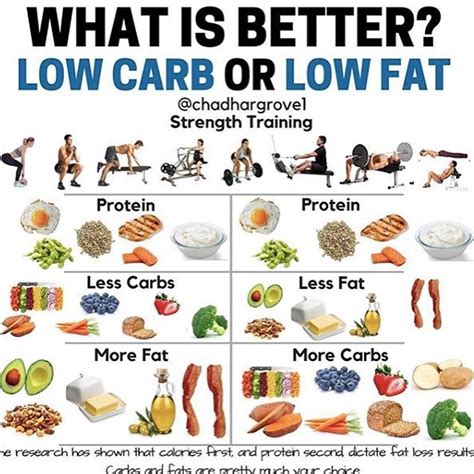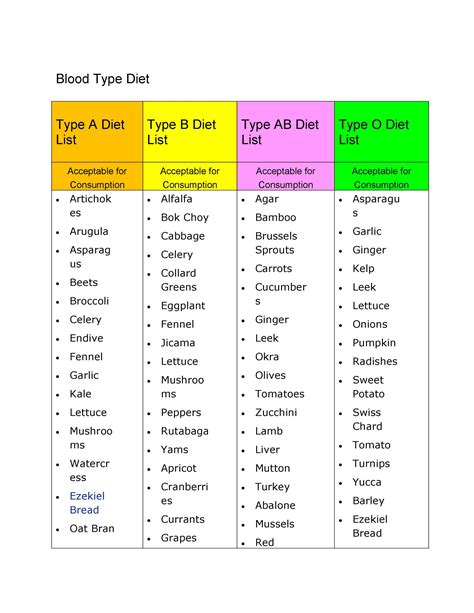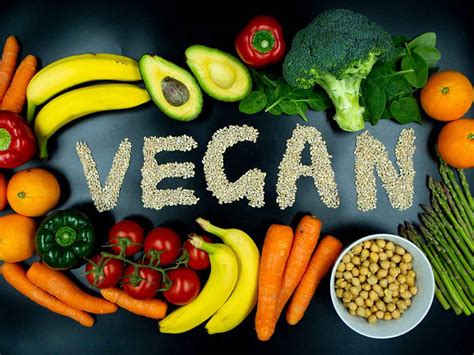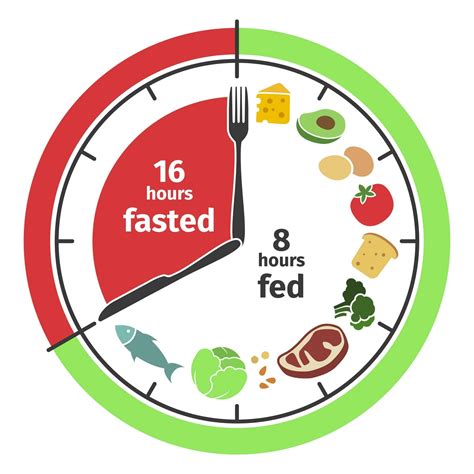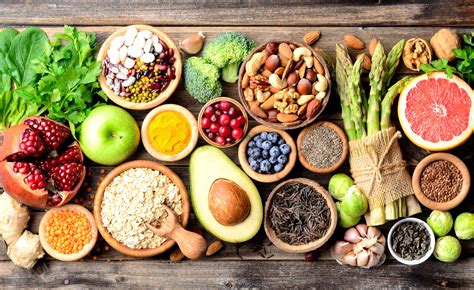Discover the benefits of a low-fat diet, tips for creating a meal plan, and sources of healthy fats to maintain your diet. Understanding low-fat diet made easy.
Understanding Low-Fat Diet
Contents
A low-fat diet is a dietary plan that restricts the consumption of foods high in fat. The main goal of this diet is to reduce the intake of unhealthy fats, such as saturated and trans fats, which are often found in processed and fast foods. Instead, the focus is on consuming healthy fats that are beneficial for overall health.
When following a low-fat diet, it’s important to be mindful of the types of fats you’re consuming. Foods that are high in healthy fats include avocados, nuts, seeds, and fatty fish. These fats are essential for the body and can help lower the risk of chronic diseases such as heart disease and diabetes.
It’s important to note that not all fats are bad for you. In fact, fats are an essential macronutrient that the body needs to function properly. However, it’s the type and amount of fat that makes a difference.
By understanding the difference between healthy and unhealthy fats, individuals can make informed decisions when it comes to their dietary choices. This can lead to better overall health and well-being.
Benefits of Low-Fat Diet
Following a low-fat diet can have several benefits for your overall health and well-being. One of the main advantages of a low-fat diet is that it can help to reduce the risk of heart disease. By limiting the intake of saturated and trans fats, you can lower your cholesterol levels and decrease the likelihood of developing cardiovascular problems. Additionally, a low-fat diet can also be beneficial for weight management and can help to prevent obesity, which is a major risk factor for numerous chronic diseases.
Another benefit of a low-fat diet is its potential to improve insulin sensitivity and reduce the risk of developing type 2 diabetes. By consuming less fat, particularly unhealthy fats, you can lower insulin resistance and improve your body’s ability to regulate blood sugar levels. This can be particularly important for individuals with a family history of diabetes or those who are at risk of developing the condition due to lifestyle factors.
In addition to these health benefits, a low-fat diet can also lead to improved digestion and absorption of essential nutrients. By focusing on consuming more fruits, vegetables, and whole grains, while limiting fatty and greasy foods, you can support a healthy digestive system. This can result in better nutrient absorption, improved gut health, and a reduced risk of gastrointestinal issues such as constipation and bloating.
Furthermore, reducing fat intake can also lead to a lower calorie intake, which can be beneficial for individuals looking to maintain or lose weight. By choosing low-fat options and prioritizing lean proteins, whole grains, and fresh produce, you can create a more balanced and nutritious diet that supports your weight management goals. This can also contribute to improved energy levels, better mood, and overall well-being.
Creating a Low-Fat Meal Plan
When it comes to creating a low-fat meal plan, it’s important to focus on incorporating a variety of healthy, nutrient-dense foods into your diet. One key aspect of a low-fat meal plan is to include plenty of fruits and vegetables, which are naturally low in fat and high in essential vitamins and minerals. These foods also provide fiber which can help you feel full and satisfied after meals.
In addition to fruits and vegetables, it’s important to include lean protein sources in your meal plan such as skinless poultry, fish, beans, and legumes. These foods are low in fat and can provide essential nutrients such as protein, iron, and zinc. When planning your meals, aim to include a variety of different protein sources throughout the week to keep things interesting.
Another important aspect of a low-fat meal plan is to focus on consuming whole grains such as brown rice, quinoa, and whole wheat pasta. Whole grains are high in fiber, vitamins, and minerals and can help to promote a feeling of fullness and satisfaction. They also provide sustained energy levels throughout the day.
Finally, it’s essential to include healthy fats in your meal plan, despite the emphasis on low-fat foods. Healthy fats such as avocado, nuts, seeds, and olive oil are important for overall health and can provide essential fatty acids that are necessary for proper bodily function. When incorporating healthy fats, it’s important to do so in moderation as they are still calorie-dense.
Creating a low-fat meal plan can be a simple and enjoyable process when focusing on a variety of nutrient-dense foods such as fruits, vegetables, lean proteins, whole grains, and healthy fats. By incorporating these foods into your meal plan, you can promote overall health and wellbeing while enjoying delicious and satisfying meals.
Sources of Healthy Fats
When it comes to maintaining a low-fat diet, it’s important to understand that not all fats are unhealthy. In fact, some fats are essential for overall health and well-being. These healthy fats can be found in a variety of foods, providing necessary nutrients and energy for the body.
One of the best sources of healthy fats is avocado, which is packed with monounsaturated fats that are beneficial for heart health. Incorporating avocado into your diet can help reduce bad cholesterol levels and lower the risk of heart disease.
Another great source of healthy fats is olive oil, which is also high in monounsaturated fats. Using olive oil as a primary cooking oil can provide essential fatty acids and antioxidants, promoting overall health and wellness.
Fatty fish, such as salmon and sardines, are rich in omega-3 fatty acids, which are essential for brain function and heart health. Consuming fatty fish at least twice a week can help maintain a balanced diet and provide necessary healthy fats for the body.
Additionally, nuts and seeds are excellent sources of healthy fats, including almonds, walnuts, and flaxseeds. These foods are high in unsaturated fats, fiber, and vitamins, offering numerous health benefits and aiding in weight management.
Tips for Maintaining a Low-Fat Diet
When it comes to maintaining a low-fat diet, it’s important to focus on the quality of the fats you consume rather than just the quantity. One tip for maintaining a low-fat diet is to incorporate plenty of whole fruits and vegetables into your meals. Not only are these foods low in unhealthy fats, but they also provide essential vitamins, minerals, and fiber that are beneficial for overall health.
Another useful tip for maintaining a low-fat diet is to choose lean protein sources such as poultry, fish, and legumes. These options are lower in saturated fat and can help to reduce overall fat intake. Additionally, using cooking methods such as baking, grilling, or steaming can help to minimize the need for added fats in your meals.
It’s also important to be mindful of portion sizes when following a low-fat diet. Even healthy fats can contribute a significant number of calories, so it’s crucial to moderate your intake. Additionally, reading food labels and choosing products that are labeled as low-fat or fat-free can help you make informed decisions about the foods you consume.
Lastly, incorporating healthy fats such as avocados, nuts, and olive oil in moderation can contribute to a well-rounded and satisfying low-fat diet. These sources of healthy fats provide essential nutrients and can help to keep you feeling full and satisfied throughout the day.

